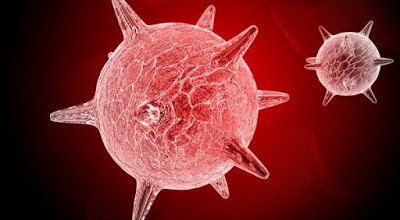A vaccine for the genital herpes virus (HSV2) under development has a strong protective effect of up to 98% in experimental animals, as shown by the results of preclinical tests in pigs and monkeys.
Following these highly encouraging findings, the first clinical trials in humans are scheduled for 2017 or 2018.
An estimated 500 million people worldwide are infected with the virus. In developed countries about one in six people aged 15 to 49 is infected with HSV2, while in some African countries more than half of the adult population is infected. Infection with the virus, among other problems, significantly increases the likelihood of HIV infection with AIDS. Infected mothers often transmit the virus to their babies.
For nearly four decades, doctors have been desperately looking for a vaccine - which does not yet exist - to stop the global pandemic. To date, no candidate vaccine has performed satisfactorily in clinical trials. The virus remains dormant for long periods in the body and avoids being detected by the immune system, so that people can not "get rid" of it.
Now, scientists at the Perelman School of Medicine at the University of Pennsylvania, led by Infectious Diseases Professor Harvey Friedman of the Institute of Oncology, have published in the medical journal PLoS Pathogens which one prevents the virus from infecting the cells and the other two prevent it from blocking the action of the immune system.
"It's an innovative strategy and it works great.
"No other vaccine candidate has made that promise," said Dr Friedman, who is already in talks with pharmaceutical companies to start clinical trials in humans.
The vaccine is given three times at monthly intervals (the third dose could be given after six months). If the vaccine proves to be as effective in humans as it is in experimental animals, then it is estimated that the HSV2 virus will be potentially contagious only every two days for 1.000 days, which will virtually stop its ability to spread among humans.
Source: RES-EAP

